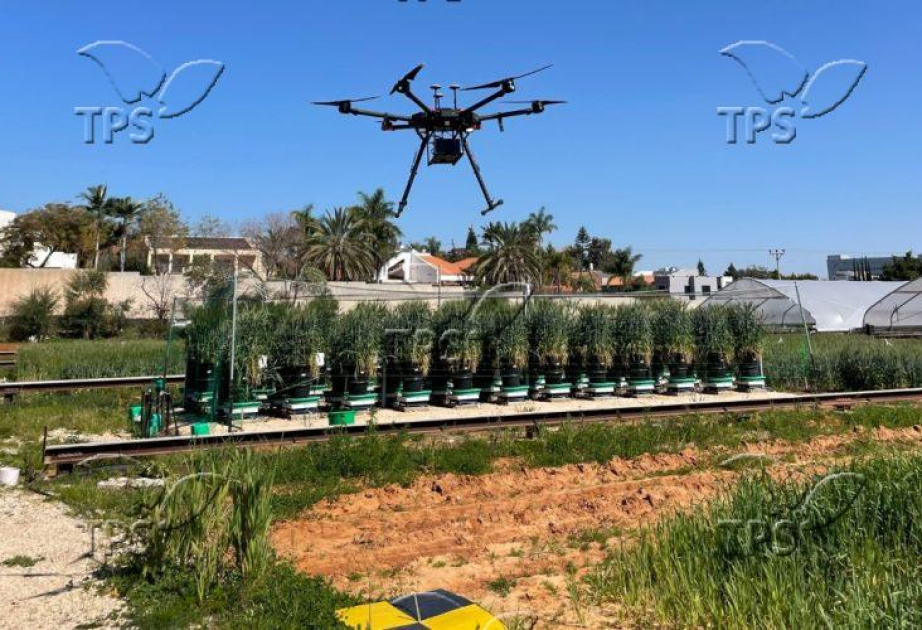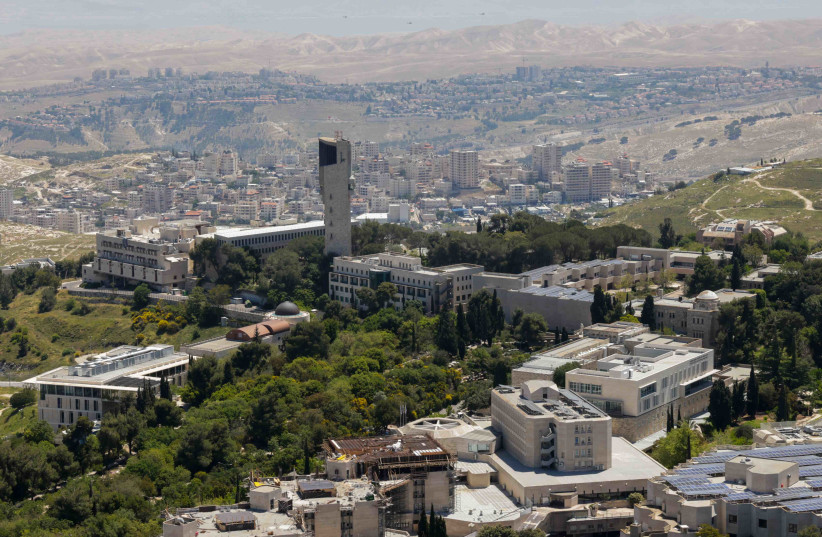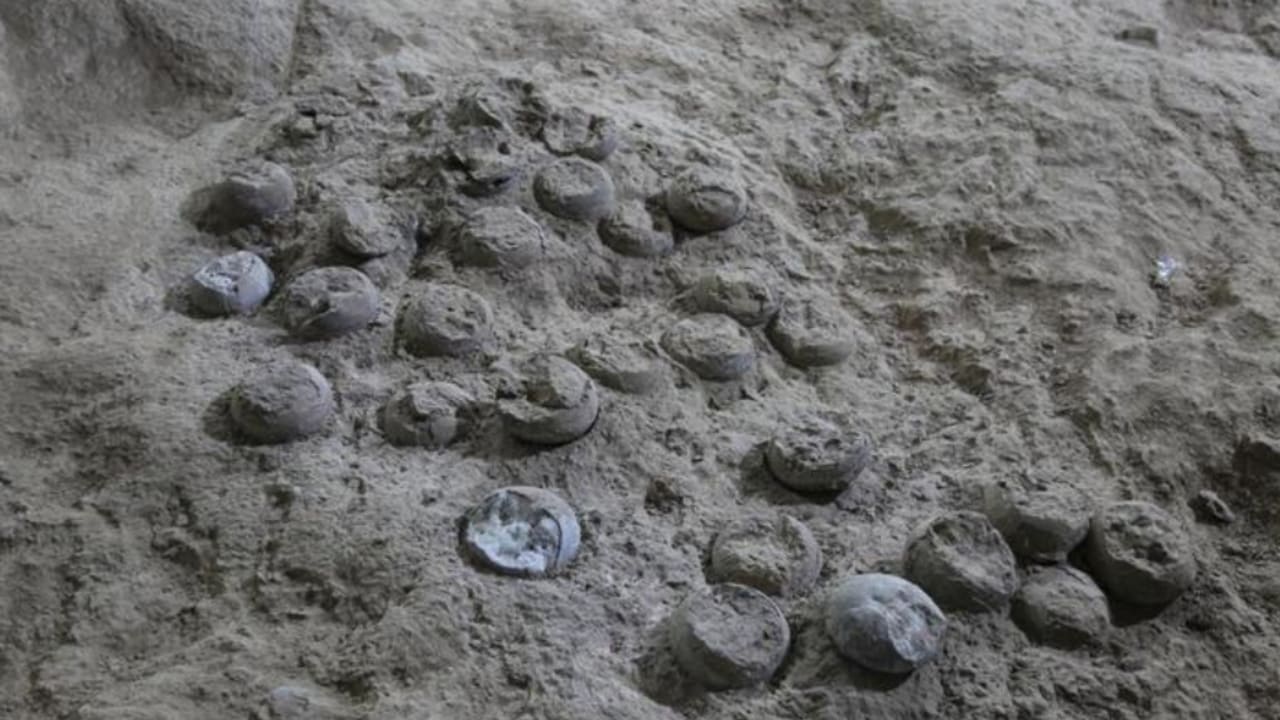In a major scientific breakthrough, researchers in Israel have developed the first method to use drone-based thermal imaging to map drought-related traits in wheat directly to genetic markers — offering a powerful new tool to accelerate the development of climate-resilient crops, according to the Press Service of Israel (TPS-IL).
Led by scientists from Hebrew University’s Faculty of Agriculture, Food and Environment and the Volcani Institute, the study combines cutting-edge aerial imaging with machine learning to identify wheat varieties that perform better under both normal and drought conditions. The findings, published in the peer-reviewed Computers and Electronics in Agriculture journal, introduce a scalable, high-precision pipeline for breeding wheat suited to a hotter, drier future.
“This is the first time unmanned aerial vehicles have been used to link stomatal conductance—the plant’s ability to manage water—with specific regions in the wheat genome,” said Ph.D. candidate Roy Sadeh, lead author of the study. “It’s a dramatic leap forward from the traditional manual methods, which are slow, labor-intensive, and limited in scope.”
Using drones equipped with hyperspectral and thermal cameras, the team surveyed 300 diverse wheat genotypes grown under both optimal and water-stressed conditions at the Pheno-IL research facility. These advanced sensors captured detailed imagery revealing how plants regulate moisture through their stomata, as well as traits like chlorophyll content and leaf area.
Machine learning models, particularly support vector machines, were then trained on the image data to estimate these traits with high accuracy. The result: a 28% improvement in water-use estimation compared to conventional techniques. Most critically, the team identified 16 genetic markers strongly linked to superior performance under drought stress — findings that were confirmed in follow-up field trials.
“Instead of manually testing each plant, which limits scale and speed, we can now scan hundreds of varieties from the air, extract the data in minutes, and immediately see which ones are most promising,” the scientists said.
Conducted across two full growing seasons and validated with genomic data, the findings delivers not just a proof of concept but a working system that breeders can adopt today.
“Our goal is to bridge the gap between data and development,” the scientists said. “By integrating aerial phenotyping with genetic analysis, we provide a precise, non-invasive, and scalable solution to meet the urgent demand for climate-smart agriculture.”
The study holds the promise of accelerating the development of drought-resilient wheat, and also raises the possibility of farmers and agronomists using similar drone-based imaging to monitor crop water stress in real-time.
Moreover, the technology can be adapted to other crops such as rice, maize, and soybeans, which face similar climate challenges.


















.jpeg)


